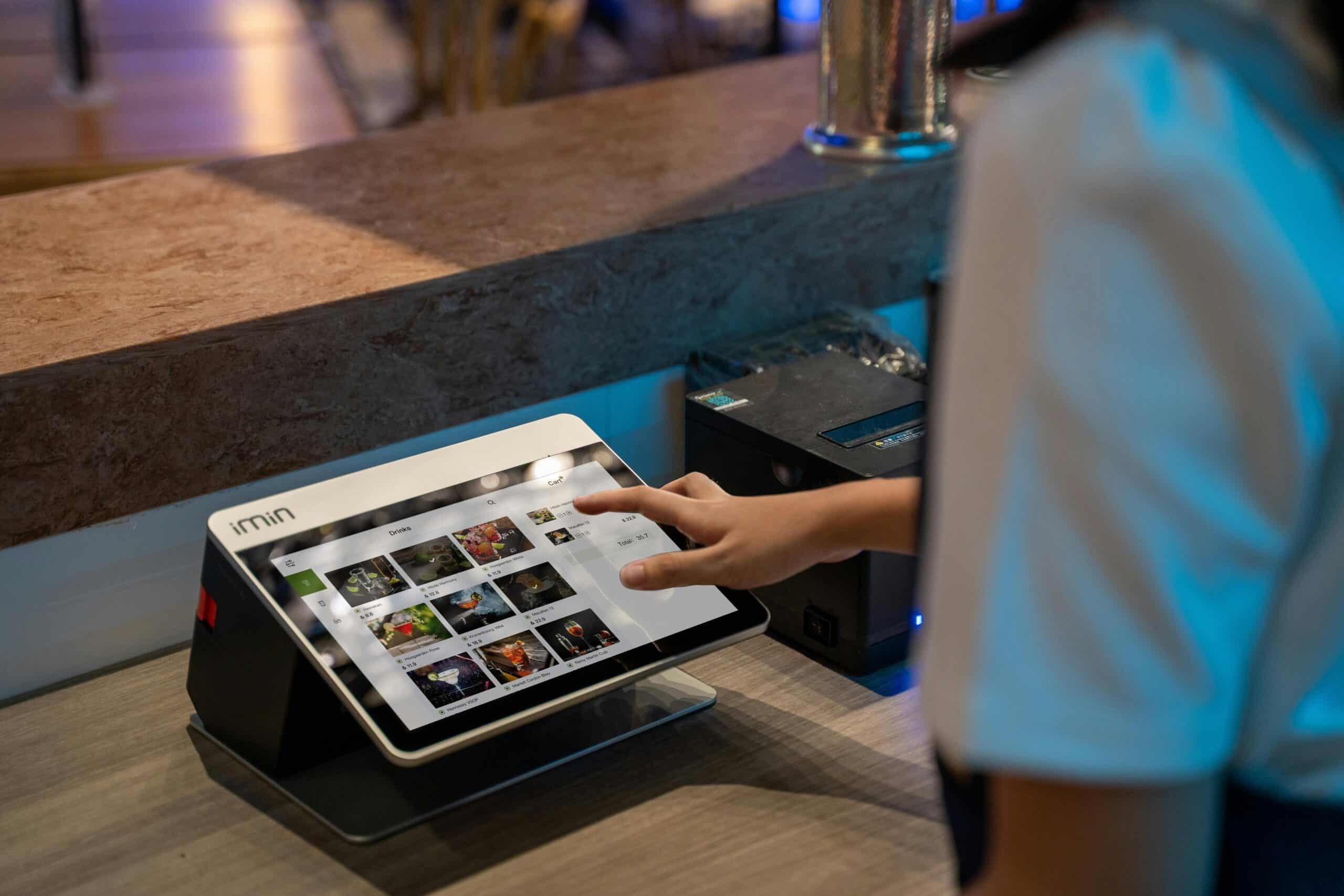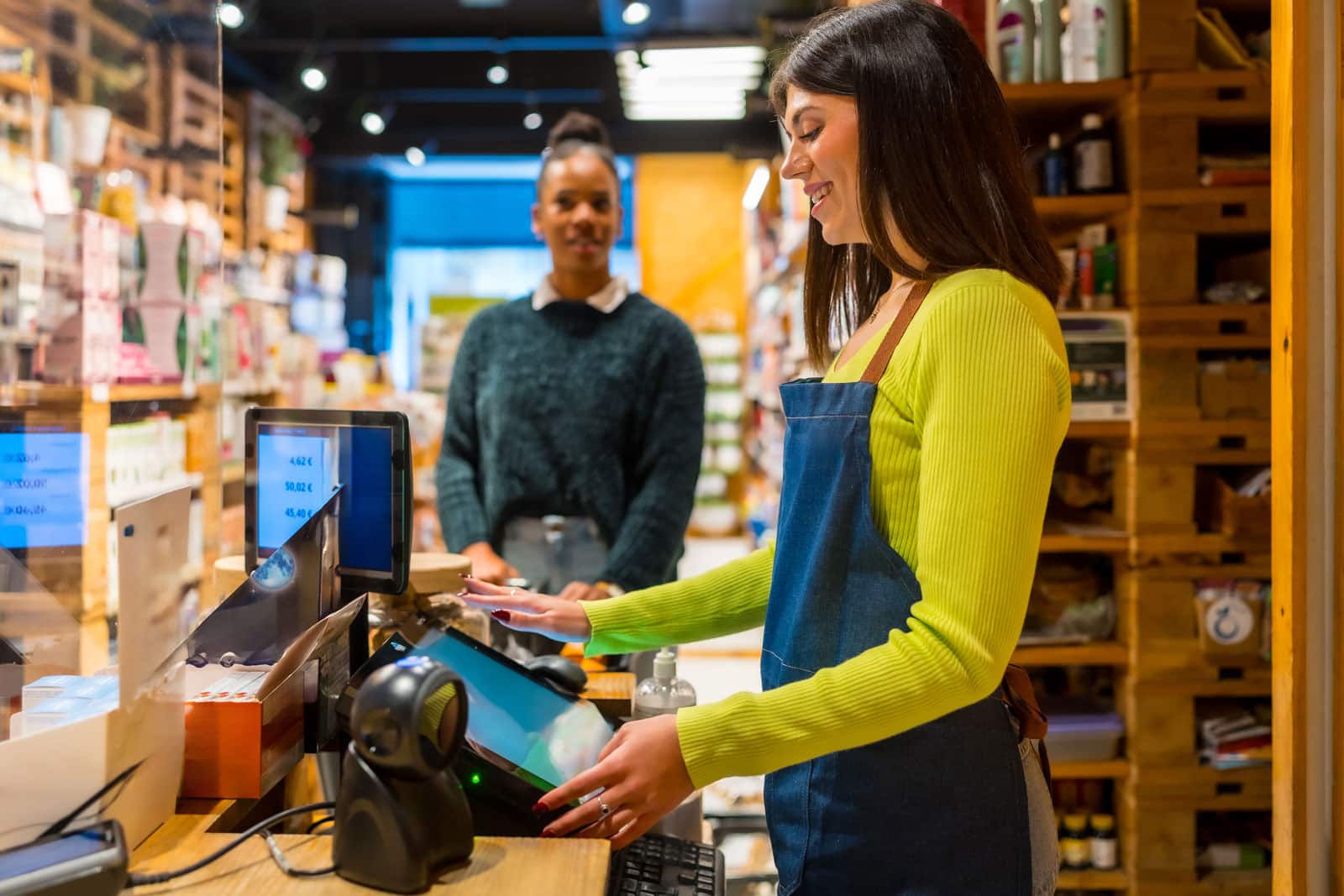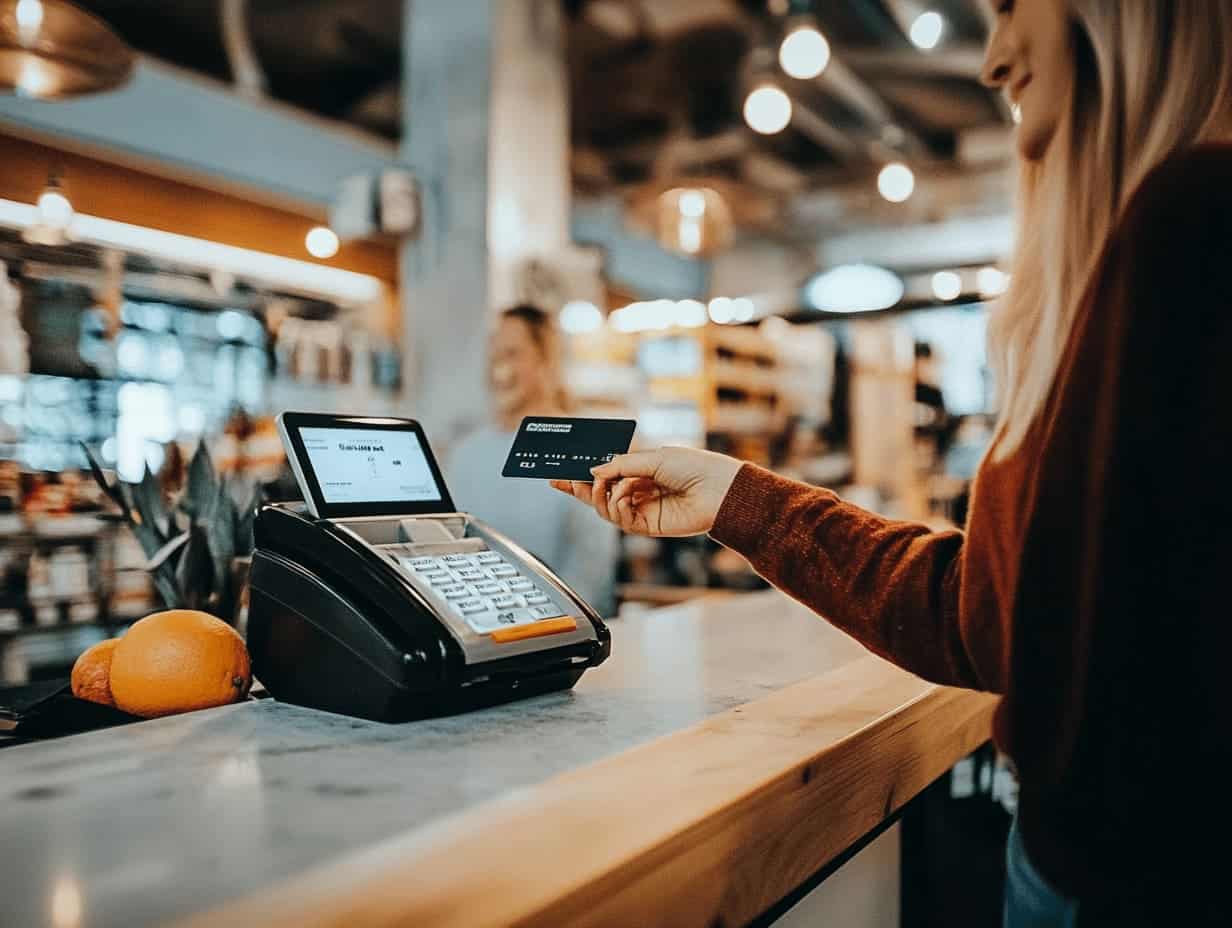For merchants operating in high-risk industries—such as CBD, firearms, nutraceuticals, adult content, and subscription models—payment processing is rarely simple. That’s where modern electronic point of sale (POS) systems step in. These systems do more than just accept payments; they serve as central command centers for inventory management, fraud mitigation, compliance, and revenue tracking. But what is an electronic point of sale system in the context of high-risk commerce? This guide explores the specific features, benefits, and best practices of using electronic POS systems tailored to the needs of high-risk merchants in 2025.
What Is an Electronic Point of Sale?
An electronic point of sale (POS) system is a combination of hardware and software that enables businesses to process transactions, manage sales data, and streamline daily operations. These systems go beyond traditional cash registers by integrating inventory tracking, customer management, and real-time reporting. For high-risk merchants, an electronic point of sale often includes tools for age verification, chargeback reduction, and multi-MID routing[1]. These systems are designed to handle greater compliance demands and offer advanced fraud protection not typically found in off-the-shelf POS setups.
Why High-Risk Merchants Need Specialized POS Solutions
High-risk industries face greater scrutiny from banks and card networks. A generic POS solution may not provide the features necessary to remain compliant or avoid account shutdowns. Custom electronic point of sale systems for high-risk businesses include tools for risk scoring, customer identity verification, and custom transaction routing. Without these tools, merchants are more vulnerable to fraud, chargebacks, and sudden service terminations[2]. That’s why purpose-built solutions are a must, not a luxury.
Benefits of an Electronic POS for High-Risk Businesses
Using an electronic POS system specifically tailored for high-risk merchants brings multiple benefits. First, it ensures compliance with evolving payment regulations. Second, it provides real-time access to sales and risk data, helping businesses stay ahead of fraud or chargeback trends. Third, it integrates with ecommerce platforms, mobile devices, and CRMs—centralizing operations. Lastly, it reduces manual entry and errors, boosting overall efficiency[3]. These systems create an infrastructure that supports both growth and long-term sustainability, especially in industries where every transaction is under greater scrutiny.
Key Features of High-Risk POS Systems
Dynamic Descriptor Support
Dynamic descriptors let businesses control how transactions appear on a customer’s statement, which helps reduce chargebacks due to unrecognized charges. For high-risk industries where customers may forget they subscribed to a recurring service, this feature is essential. It also allows businesses to test multiple descriptors and optimize for recognition.
Multi-MID Management
Multi-Merchant Identification (MID) routing enables transactions to be split across different merchant accounts based on geography, card type, or business segment. This reduces load on any one account and helps manage risk exposure. High-risk electronic POS systems often include this by default.
Tokenization and Secure Vaulting
Tokenization replaces sensitive payment data with unique identifiers. This reduces PCI scope and protects against data breaches. Vaulting services allow secure storage of recurring customer billing info, especially helpful in subscription or membership models.
Chargeback Monitoring Tools
Built-in tools that flag transactions with high chargeback risk help merchants act before disputes occur. These systems can also integrate with third-party alert services to intercept chargebacks before they’re finalized.
Age and Identity Verification
For industries like adult, vaping, or firearms, age verification is non-negotiable. Advanced POS systems now integrate ID scanning, biometric tools, or online document verification directly into the checkout process.
Payment Gateway Integrations
High-risk electronic POS systems must integrate with multiple secure gateways that support industries outside the Visa/Mastercard norm. This flexibility ensures your business doesn’t lose access to payment tools due to a bank policy shift.
Use Cases by Industry
CBD & Wellness
CBD retailers require compliance with both card brand rules and FDA labeling standards. A POS system can track batch numbers, integrate with ecommerce sites, and manage COA documentation. Age verification tools help CBD brands meet state regulations without adding friction to checkout.
Adult Subscription Platforms
Adult content sites rely on recurring billing and privacy. Electronic POS systems for these businesses offer dynamic descriptors, secure tokenization, and multi-currency processing. They also enable robust fraud filters to flag suspicious activity without blocking legitimate users.
Firearms Dealers
Firearms sales must comply with ATF rules, FFL validation, and background checks. High-risk POS systems offer real-time ID verification, serialized inventory management, and integrations with NICS or local state registries. This enables fast, lawful sales both online and in-store.
Nutraceuticals & Supplements
These merchants often struggle with false health claims and refund-driven fraud. A POS system can log customer data, track reorder patterns, and manage regulatory disclaimers. It also makes return tracking and compliance audits more efficient.
Multi-Level Marketing (MLM)
MLMs deal with high transaction volume and distributor commissions. A high-risk POS system can automate tiered payouts, monitor for policy violations, and reduce chargeback risk from “trial offers.” It also syncs with back-office software for tax reporting.
Fantasy Sports & Gaming
This sector requires transaction speed and security under heavy load. POS systems used in gaming or fantasy sports handle real-time microtransactions, fraud scoring, and user wallet funding. Integrated reporting ensures compliance with gaming authorities.
FAQ
Q: What is an electronic point of sale system?
A: An electronic point of sale (POS) system is a digital platform that allows businesses to process transactions, manage inventory, and analyze sales data. For high-risk merchants, these systems often include compliance tools, fraud filters, and chargeback management[4]. They’re more robust than basic POS tools and essential for secure, scalable operations.
Q: Why do high-risk businesses need specialized POS systems?
A: High-risk businesses face unique challenges like increased fraud, stricter regulations, and limited banking support. A standard POS system may not offer tools to manage these risks. A high-risk POS ensures smoother transactions, better compliance, and fewer account disruptions.
Q: Are electronic POS systems compliant with PCI requirements?
A: Yes, high-quality POS systems for high-risk businesses are designed to be PCI-DSS compliant. They use encryption, tokenization, and secure servers to protect customer data. Maintaining PCI compliance also reduces the risk of fines or penalties from card networks.
Q: Can I use an electronic POS for online and in-person sales?
A: Absolutely. Modern electronic POS systems support omnichannel operations, allowing you to sell online, in-store, and through mobile platforms. This integration gives a seamless customer experience and centralized data for smarter business decisions[5].
Q: What are the best POS features for chargeback prevention?
A: Dynamic descriptors, fraud filters, 3D Secure authentication, and chargeback alert integrations are key features. These tools reduce the likelihood of disputes and help resolve issues before they escalate. High-risk POS platforms make this part of the core offering.
Q: How does Payment Nerds support high-risk POS integration?
A: Payment Nerds partners with top high-risk POS providers to deliver tailored, secure, and scalable solutions. We assist with underwriting, setup, fraud prevention, and compliance. Our team ensures your POS system fits your industry and transaction model.
Conclusion
Understanding what is an electronic point of sale system—and choosing the right one—can make or break a high-risk business. From chargeback management and age verification to PCI compliance and omnichannel integration, the right POS system provides more than just a way to collect money. It’s a strategic asset that enables stability, compliance, and long-term profitability in industries that traditional processors often avoid. With Payment Nerds, high-risk merchants get more than a POS—they get a long-term partner in payment innovation. Let us help you build a payment ecosystem that’s as secure and scalable as your business demands.
Sources
- Visa. “High-Risk Merchant Categories and Compliance Guidelines.” Accessed July 2025.
- Mastercard. “Managing Risk with Secure POS Systems.” Accessed July 2025.
- PCI Security Standards Council. “POS Security Best Practices.” Accessed July 2025.
- Forbes. “The Future of POS Systems in Regulated Markets.” Accessed July 2025.
- Merchant Maverick. “Best POS Systems for High-Risk Businesses.” Accessed July 2025.











